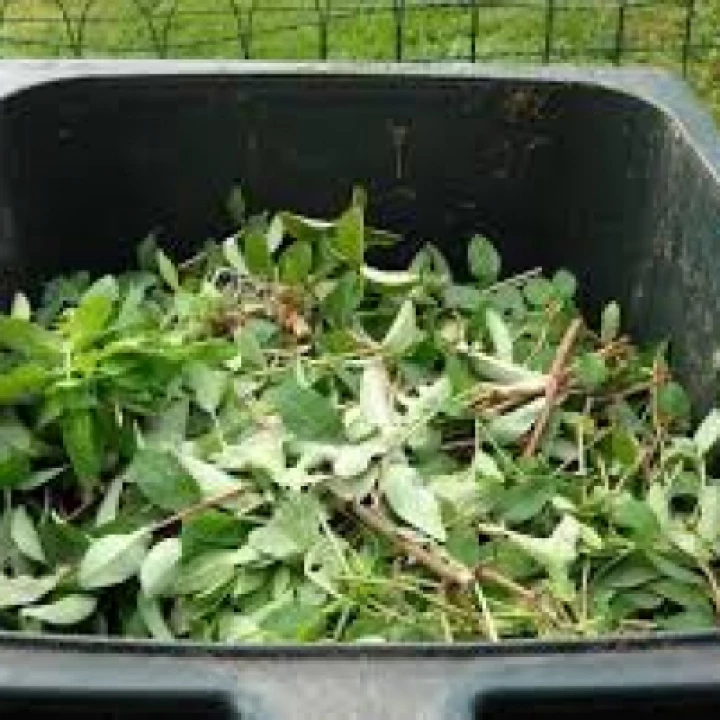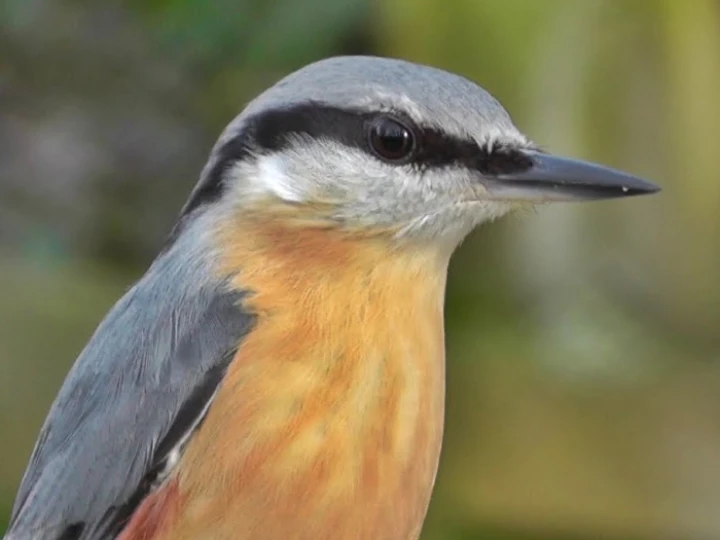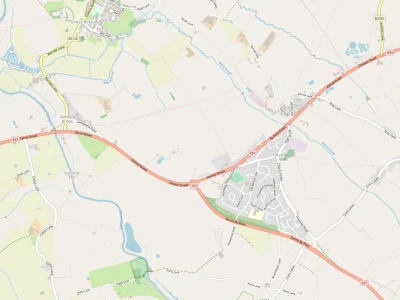Birds in Tarvin Community Woodland.
Nuthatch
Sitta Europaea
You can right click on these links and play them in another tab to listen to their song while you read the article.
Nuthatch Song 1 Nuthatch Song 2 (If you have the free version of You tube, like most people, just skip the ads as soon as you can and then come back to the article).
You can click on the photos to get a larger view.
There is considerable evidence that we do have a resident population of nuthatches in our woodland. Our monthly bird surveys in the woodland show that nuthatches are seen in most months and their song can be discerned amongst the joyous sound of early morning birdsong when it uses its very loud voice to mark out its territory. Work on the birdboxes suggests that we have at least two pairs that have set up their territories with us – one in each 'half' of the original woodland.
Visually, the nuthatch is quite a striking bird. About the size of a Great Tit (larger than a robin but smaller than a blackbird), their shape and long, powerful beak resemble that of a woodpecker. Its colouration is very distinctive, with blue/grey feathers on the top of its body, chestnut-brown feathers on its sides and under its tail and whitish feathers beneath. It also has a black stripe going across both eyes, making it the only British bird to be able to lay claim to a resemblance to Zorro!
Watching nuthatches is fascinating. They are busy and agile birds, typically seen working their way down a tree trunk searching for food. They are actually able to move upwards, downwards, backwards and sideways on tree trunks and can even walk upside down on branches in a way that is unique to them. Those who confuse nuthatches with tree creepers need only remember that tree creepers will spiral upwards around the tree trunk until they reach the top, after which they will fly to another tree and start spiralling upwards once again at the bottom. Nuthatches have no such predictable motion.
Nuthatches will feed on creatures such as insects that are to be found in bark, together with seeds and nuts, such as beech mast, hazelnuts and acorns. Their name comes from their habit of lodging a nut in a crack in the bark and hacking at it (as if with a hatchet) using their immensely strong bill – hence 'nut hack'. They have also been shown to have the capability of storing nuts and seeds in crevices and holes and thereafter of remembering the location of their cache for up to a month.
Nuthatches normally nest in tree cavities, often occupying old woodpecker holes and making a simple-cup shape lined with soft materials on which to rest eggs, including moss, soft bark, grass, hair and feathers. They have the habit of adjusting the size of the entrance with mud, presumably to make it more difficult for predators to gain access, and this happens regularly when they use a Great Tit box in our woodland (see photos). Typically, six to eight eggs are laid, with the chicks hatching after around two weeks. Fledging normally occurs after around three to four weeks. Nuthatches are generally Monogamous, normally mating for life.
Take a look at this interesting Video on Nuthatches for more. The maker of the video even hand feeds them.
Ed: I love these little guys. Those cute black bandannas remind me of racoons and frogs.
Quick Links
Get In Touch
TarvinOnline is powered by our active community.
Please send us your news and views.












